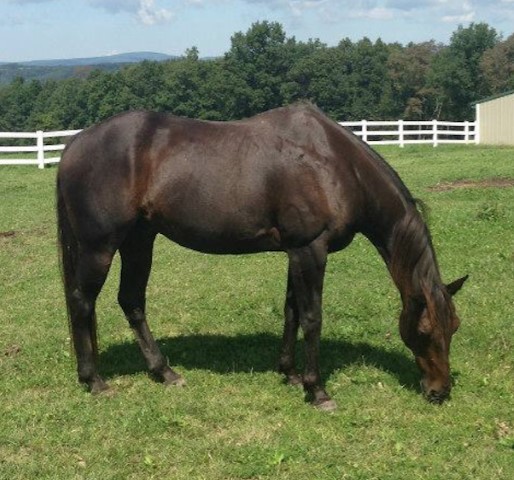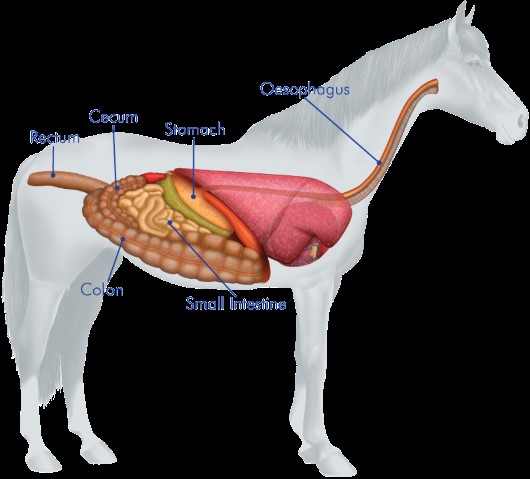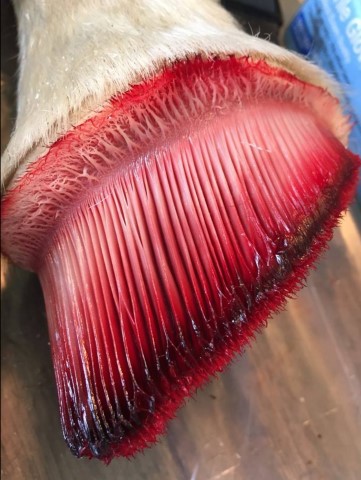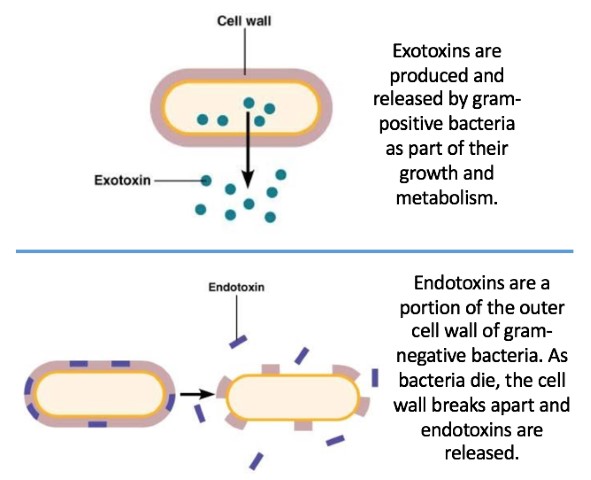Laminitis is one of the most prevalent health conditions affecting horses today. Various dietary factors can influence the onset of laminitis, and often the new pasture growth in spring and fall causes issues for some horses that are predisposed to the condition. Often, the reason why lush pasture grasses high in non-structural carbohydrates (NSC) causes laminitis is overlooked by equine owners. Explore the interactive hot spots to learn more about the link between microbes living in the horse’s digestive tract and how they respond to high levels of NSC in the diet.

Digestive System

During certain times of year, plants store higher amounts of non-structural carbohydrates (NSC), including simple sugars (ex. glucose), starches, and fructans. Simple sugars and starches are normally digested and absorbed in the small intestine, but ingestion of large amounts can be problematic. Spillover of fructans and starches into the horse’s hindgut results in rapid fermentation by naturally occurring bacteria within the horse’s cecum, causing a disturbance within the gastrointestinal tract.
Lactobacilli

Lactobacilli (pictured) and streptococci are gram-positive bacteria known to produce lactic acid. During times of starch overload from the diet, these two species are partially responsible for the drop in cecal pH, and the production of exotoxins. The drop in pH also causes death of various gram-negative bacteria, causing an increase in endotoxin production.
Image courtesy of the Public Health Image Library, CDC.
Inflammation of the Laminae

The sensitive and insensitive laminae hold the hoof wall to the coffin bone within the hoof capsule. During bouts of laminitis, inflammation of the laminae causes changes in blood flow within the foot. The bond between the hoof and laminae to weaken and potentially separate. In severe cases, the coffin bone can rotate and sink within the hoof, known as founder.
Extoxins and Endotoxins

The decrease in cecal pH causes production of various substances including endotoxins and exotoxins. These biologically active substances cause an increase in inflammation within the horse’s body and trigger the development of laminitis.
Image adapted from Pearson Education.